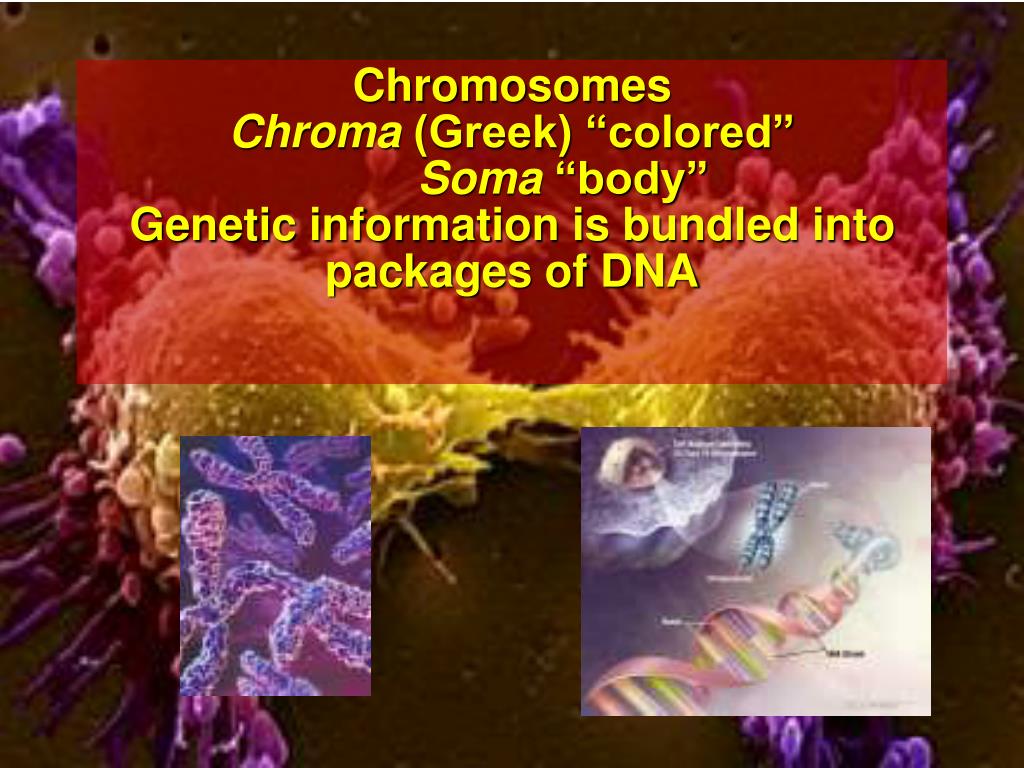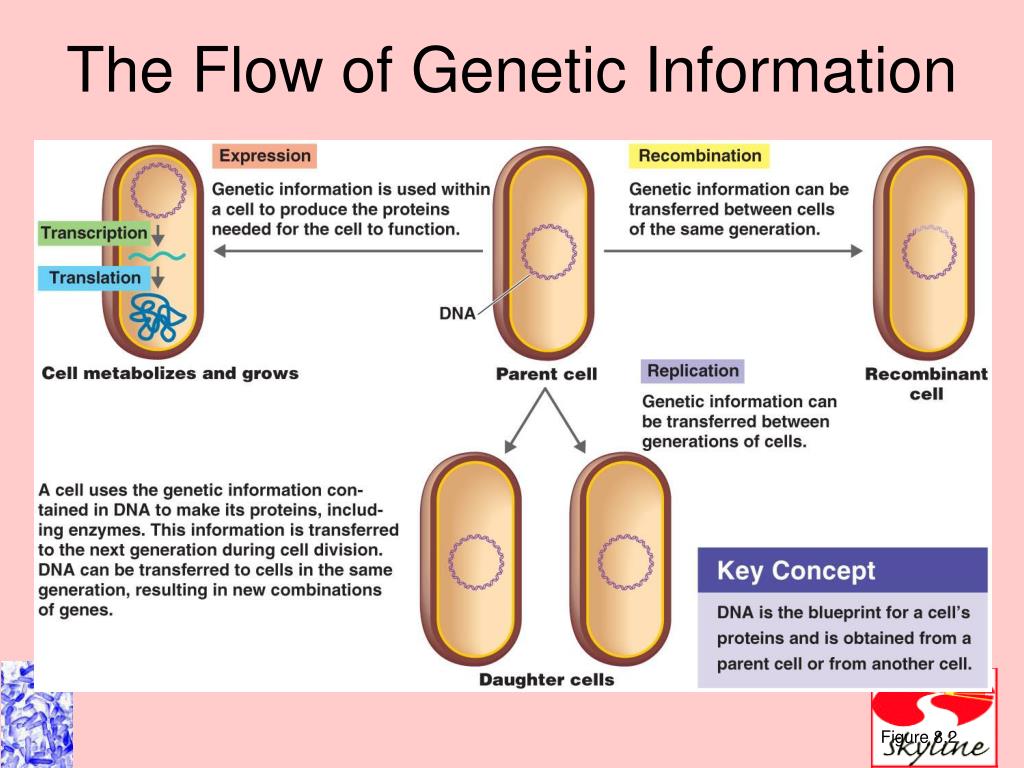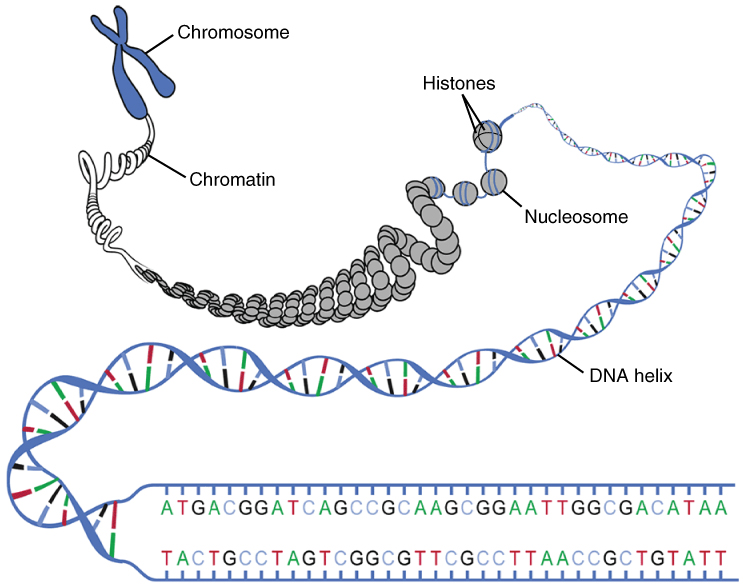Genetic Information Is Bundled Into Packages Of
+Chroma+colored+Soma+body+Genetic+information+is+bundled+into+packages+of+DNA.jpg)
Imagine a meticulously organized library, its vast collection of knowledge carefully categorized and stored in individual volumes. Now, envision each volume containing the blueprints for life itself. This library exists within every cell of every living organism, and the "volumes" are structures of compressed DNA called chromosomes.
This article delves into the fascinating world of chromosomes – the organized packages of genetic information that dictate our traits and functions. We'll explore their structure, their significance, and the remarkable processes that ensure their accurate transmission from one generation to the next.
The Magnificent Organization of DNA
At the heart of every cell lies the nucleus, the control center housing our genetic material, DNA. This DNA isn't a tangled mess; instead, it’s carefully organized into chromosomes.
Think of DNA as a very long thread. To fit inside the tiny nucleus, it must be meticulously coiled and condensed.
This condensation process is akin to winding thread around a spool, only much more complex and precise.
Chromosomes: The Packages of Life
Chromosomes are essentially the spools around which DNA is wound. These structures are composed of DNA and proteins, primarily histones.
Histones act as anchors, allowing DNA to be tightly packed into a compact and manageable form. This packaging allows a large amount of genetic material to fit into a tiny space.
Without this efficient organization, the DNA in a single human cell would stretch over six feet long!
Each chromosome has a distinct structure. A key feature is the centromere, a constricted region that plays a crucial role in cell division.
The centromere is the point where the chromosome's two identical halves, called sister chromatids, are joined.
During cell division, the centromere acts as an attachment point for spindle fibers, which pull the sister chromatids apart to ensure each new cell receives a complete set of chromosomes.
A Human's Chromosome Count
Human cells typically contain 46 chromosomes, arranged in 23 pairs. One set of 23 is inherited from each parent.
These pairs are called homologous chromosomes. They carry genes for the same traits, though the specific versions of those genes (alleles) may differ.
For example, one chromosome might carry an allele for blue eyes, while its homologous partner carries an allele for brown eyes.
Of the 23 pairs, 22 are autosomes, which carry genes for most of our physical characteristics and functions. The remaining pair are the sex chromosomes, which determine our sex.
Females have two X chromosomes (XX), while males have one X and one Y chromosome (XY).
The Y chromosome carries the SRY gene, which triggers the development of male characteristics.
The Critical Role in Cell Division
Chromosomes play a vital role during cell division, ensuring that each daughter cell receives a complete and accurate copy of the genetic information. This process is tightly regulated and involves complex mechanisms.
There are two main types of cell division: mitosis and meiosis.
Mitosis is used for growth, repair, and asexual reproduction, while meiosis is used for sexual reproduction.
Mitosis: Creating Identical Copies
Mitosis results in two daughter cells that are genetically identical to the parent cell. Before mitosis begins, each chromosome duplicates, forming two identical sister chromatids.
During mitosis, these sister chromatids separate and move to opposite poles of the cell, ensuring that each daughter cell receives a complete set of chromosomes.
This process is essential for maintaining genetic stability and ensuring that all cells in an organism have the same genetic information.
Meiosis: Generating Genetic Diversity
Meiosis is a specialized type of cell division that occurs in the formation of sperm and egg cells. It involves two rounds of division, resulting in four daughter cells, each with half the number of chromosomes as the parent cell.
During meiosis, homologous chromosomes pair up and exchange genetic material in a process called crossing over.
This shuffling of genes creates new combinations of alleles, contributing to genetic diversity in offspring.
Another key feature of meiosis is the random segregation of homologous chromosomes. Each daughter cell receives a random mix of maternal and paternal chromosomes.
This random segregation further increases genetic diversity.
The combination of crossing over and random segregation ensures that each sperm and egg cell is genetically unique, contributing to the diversity of life.
When Things Go Wrong: Chromosomal Abnormalities
Although cell division is a remarkably precise process, errors can sometimes occur, leading to chromosomal abnormalities.
These abnormalities can involve changes in the number or structure of chromosomes. Such errors can have a wide range of consequences, from mild to severe developmental problems.
Many chromosomal abnormalities arise during meiosis.
One of the most well-known chromosomal abnormalities is Down syndrome, which is caused by an extra copy of chromosome 21 (trisomy 21). This leads to intellectual disability and characteristic physical features.
Other common chromosomal abnormalities include Turner syndrome (females with only one X chromosome) and Klinefelter syndrome (males with an extra X chromosome – XXY).
The incidence of chromosomal abnormalities increases with maternal age, particularly for trisomies like Down syndrome.
The Future of Chromosome Research
Scientists are constantly learning more about chromosomes and their role in health and disease. Advances in genomics and cytogenetics have allowed us to study chromosomes with unprecedented detail.
Chromosome painting is a technique that uses fluorescent dyes to label specific chromosomes or regions of chromosomes, allowing researchers to visualize and identify chromosomal abnormalities.
Researchers are also exploring the role of chromosomes in cancer, as chromosomal abnormalities are a hallmark of many types of cancer.
Understanding the intricacies of chromosome structure and function is crucial for developing new diagnostic tools and therapies for a wide range of genetic disorders.
Furthermore, research in this field holds the promise of advancing our understanding of aging, evolution, and the fundamental processes of life.
By unraveling the secrets of these packages of life, we gain deeper insights into what makes us who we are.
Chromosomes, those neatly organized packages of genetic information, are far more than just static structures within our cells. They are the dynamic foundation of life, influencing our traits, driving cell division, and shaping the course of evolution. Understanding their intricacies is a journey into the very essence of our being. From the meticulous coiling of DNA to the elegant choreography of cell division, the story of chromosomes is a testament to the remarkable complexity and beauty of the biological world.

+bundled+into+packages.jpg)
















